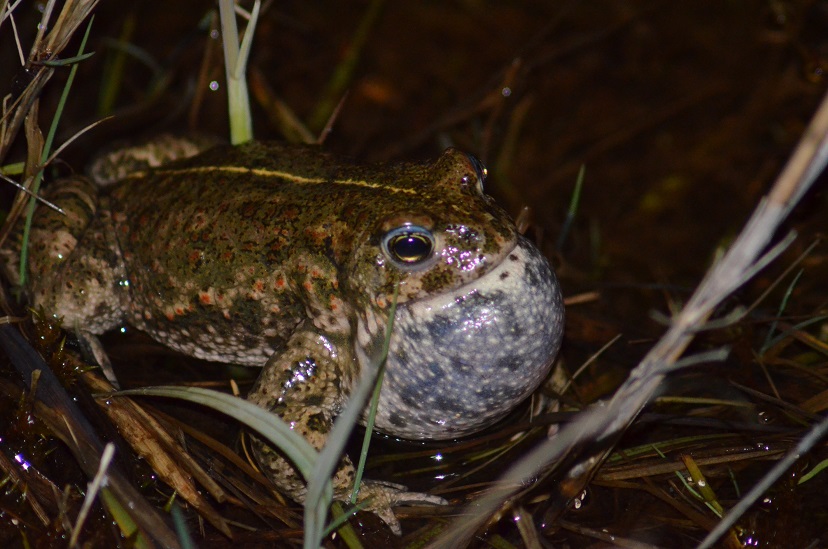Introduction
Amphibians and reptiles are collectively known as herpetofauna and are key indicators of the health of our environment. Thirteen species of native terrestrial reptiles live in the UK and eleven of these species occur in Wales. Amphibians and reptiles are found across a wide variety of habitats in Wales and their distribution is largely defined by climate and vegetation structure. In addition, ponds and slow moving water courses are important breeding sites for amphibians and feeding areas for grass snake, newts and the tadpoles of frogs, toads and newts.
The great crested newt (Triturus cristatus), sand lizard (Lacerta agilis) and Natterjack toad (Epidalea calamita) are listed as European protected species under the Habitats Directive and it is illegal to kill, injure or sell native amphibians and reptiles under the Wildlife and Countryside Act 1981. In addition, 8 species of amphibians and reptiles are listed on the priority species list for Wales (Section 7 list).
Actions for Amphibians and Reptiles in Wales
Amphibians and reptiles have suffered declines in Wales and across the UK and are particularly vulnerable to the effects of habitat loss, fragmentation and change in condition. Actions to recover populations of reptiles and amphibians are underway in Wales via local and more general initiatives.
Connecting the Dragons Project
Connecting the Dragons is a large-scale, four-year project which started in 2019 across south and west Wales that aims to restore and raise awareness of its declining and fragmented amphibian and reptile (herpetofauna) populations. Read more here
Community Engagement in Amphibian and Reptile Conservation across Wales (Welsh Dragons Project) is a project that commenced in 2012 which provides opportunities for people to engage with amphibians and reptiles, promotes the recording of amphibian and reptile sightings by the public and gets them involved in restoring and creating habitats for Welsh reptiles and amphibians. The Million Ponds Project has helped to create over 1000 ponds to benefit amphibians across England and Wales over the past 5 years. Modelling work to identify areas of lower impact for development and quantify likely impacts of development on great crested newt populations has been carried out by Amphibian and Reptile Conservation with support from Natural Resources across the range of the species in north and central Wales. The methods are transferable to other species and the intention is to extend the work across south Wales.
Adder Vipera berus, Common frog Rana temporaria, Grass snake Natrix helvetica, Common toad Bufo bufo, Slow worm Anguis fragilis Natterjack toad Epidalea calamita, Great crested newt Triturus cristatus, Palmate newt Lissotriton helveticus, Smooth newt Lissotriton vulgaris, Common lizard Zootoca vivipara, Sand lizard Lacerta agilis

The natterjack is the rarest Welsh amphibian. It is restricted to just a few colonies on the coastal dune systems of northeast Wales. It is a small toad, only 6 or 7cm long, with a distinctive yellow stripe down its spine. It lays its spawn in strings in shallow dune ponds, where toadlets quickly develop and move out into the surrounding dunes.
Species reintroductions led by Amphibian and Reptile Conservation in partnership with Natural Resources Wales, Local Authorities and other land managers have restored both the natterjack toad and the sand lizard to much of their former ranges and are ongoing with further reintroductions planned at more sites.














